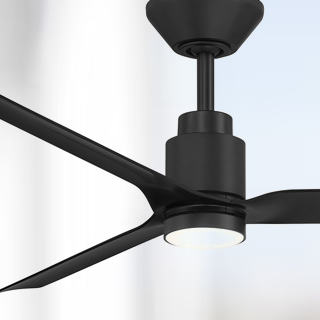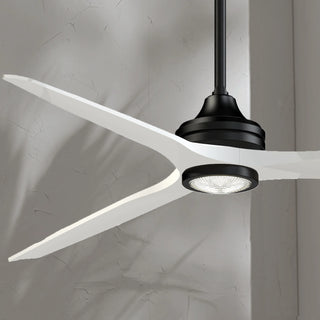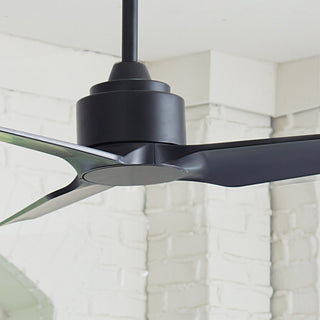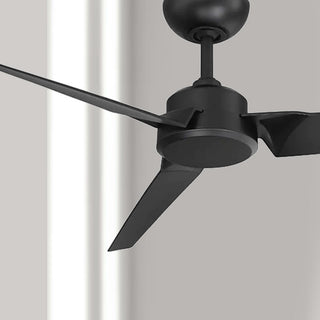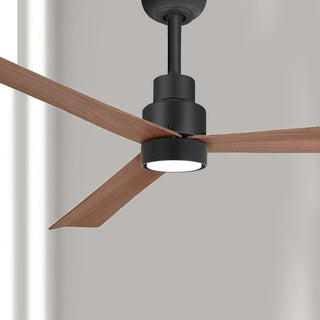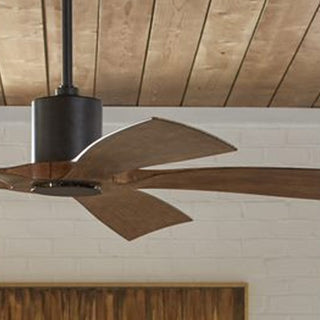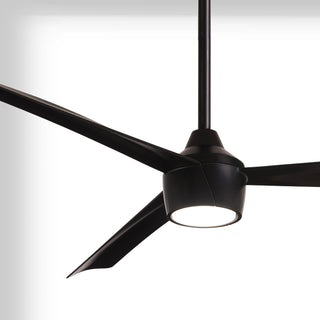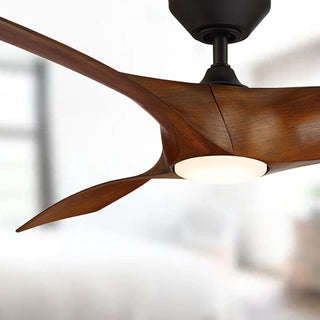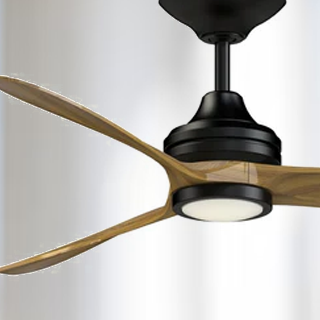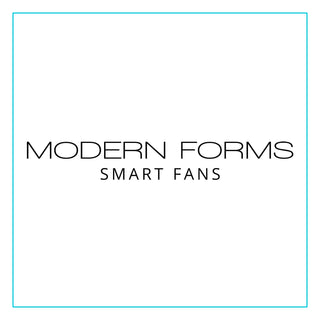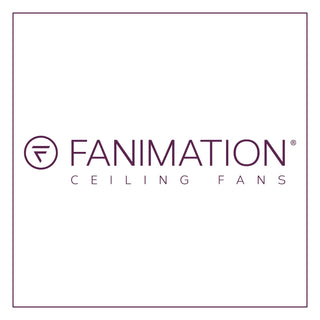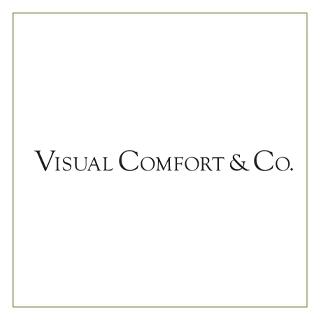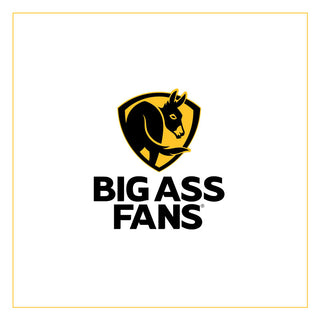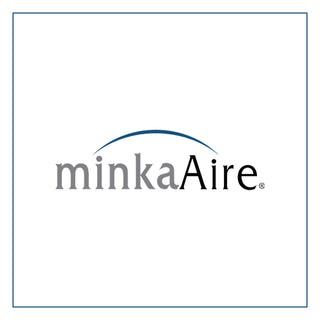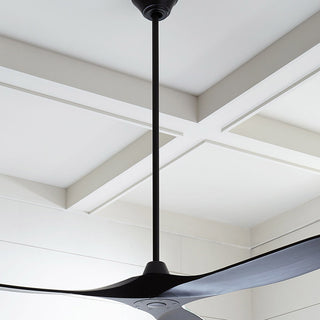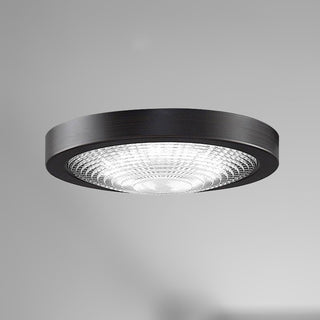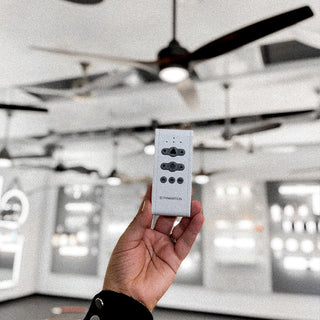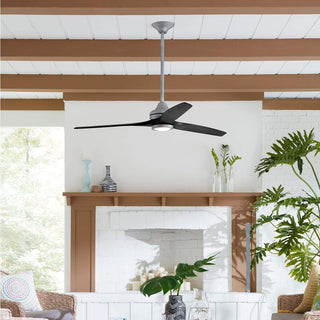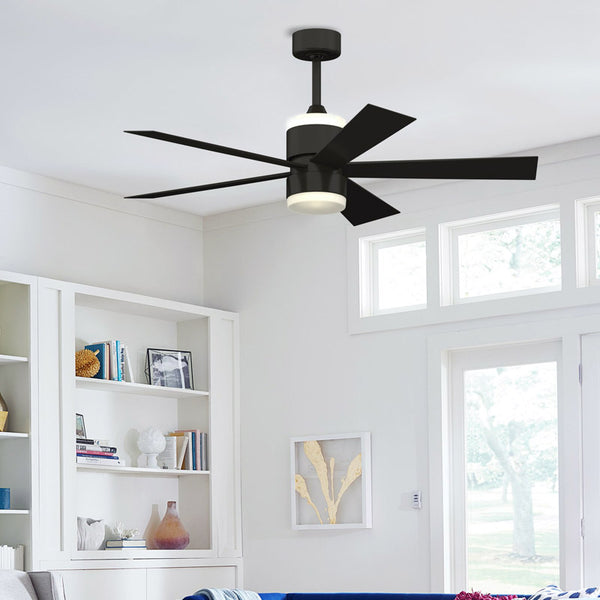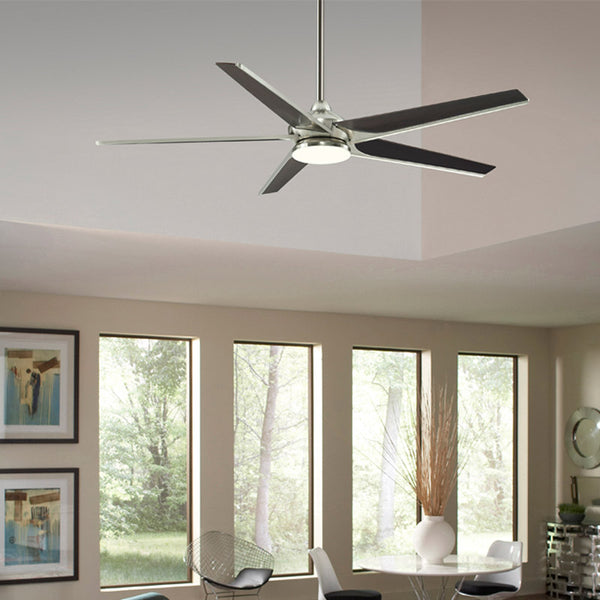Our Top Showroom Recommendations
(On Display at 4335 Monroe Road, Charlotte)
Ceiling Fans
We're fans of cool. Shop by Top Brands:

Ceiling Fans 101
Not sure where to start?
What to look for when shopping for and comparing ceiling fans.
Learn about CFM, RPM, Blade Pitch, Down Rod and Fan Size Suggestons, "Summer" Mode & more
Learn MoreKnow your slope...
Don't know your ceiling slope?
Let's make it simple!

Calculating the Slope
A. Measure your ceiling at its highest point.
B. Measure your ceiling at its lowest point.
C. Measure the distance between the highest and lowest points.
If your ceiling is faceted, or has multiple slopes, then only measure the section where you will be installing a fan (or even a fixture).
SLOPE CALCULATOR
CEILING HEIGHT: ft A
LOWEST
CEILING HEIGHT: ft B

SIZING YOUR CEILING FAN
FAN RATINGS
Dry • Damp • Wet
DRY / INDOOR
For use indoors, only.
DAMP
For use in screened/covered porches, bathrooms, and indoors.
WET
For use indoors outdoors on pergolas, screened/cover porches, and indoors. Okay to be exposed to the natural elements, like rain/snow.
WEATHER+ • COASTAL • MARINE
For use at the coast, where the air and moisture has a high salt content.
AC v DC MOTORS
DC ••• Direct Current
DC motors convert electrical energy to mechanical energy, that in turn uses up to 70% less electricity. Whisper Quiet, lighter in weight and tends to last longer than AC motors due to its efficiency.
Did you know that if your fan spins back/forth before starting to truly spin, then you have a DC motor.
AC ••• Alternating Current
AC uses electricity to produce a rotating magnetic fields that in turn spins the rotor. Quiet and is the more affordable motor of the two.

